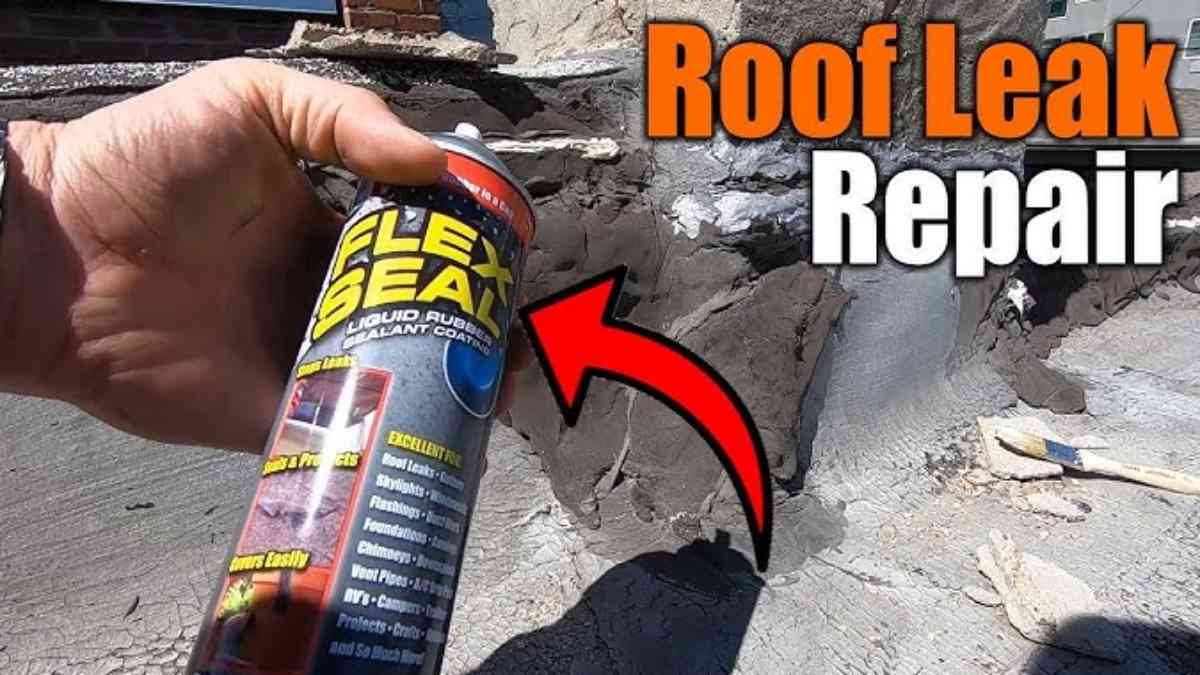🛠️ How to Use Water Leak Sealant: A DIY Guide for Homeowners
Water leaks can cause significant damage to your home if not addressed promptly. Whether you’re dealing with a leaky roof, window, or pipe, applying a water leak sealant can be an effective DIY solution. In this guide, we’ll walk you through the process of selecting and applying the right sealant to prevent water intrusion and protect your home.
🧰 What Is Water Leak Sealant?
Water leak sealant is a specialized adhesive designed to fill gaps, cracks, and joints, creating a waterproof barrier to prevent water from entering your home. These sealants are available in various formulations, including silicone, polyurethane, and rubber-based options, each suited for different applications and surfaces.
🧠 Why Should You Use Water Leak Sealant?
Applying a water leak sealant offers several benefits:
-
Prevents Water Damage: Stops leaks before they cause structural damage.
-
Cost-Effective: Saves money compared to professional repairs.
-
Easy to Apply: Suitable for DIY enthusiasts with basic tools.
-
Versatile: Can be used on roofs, windows, pipes, and more.Jamestown Distributors+3YouTube+3Amazon+3
🛒 Choosing the Right Water Leak Sealant
Selecting the appropriate sealant depends on the specific area and type of leak:
-
Roof Leaks: Opt for a rubberized or silicone-based sealant that remains flexible and adheres well to roofing materials.
-
Pipe Leaks: Use a sealant compatible with plumbing materials like PVC or copper.
-
Window Leaks: Choose a clear silicone sealant for a neat finish.Amazon India
🧽 Preparing the Surface
Proper surface preparation ensures optimal adhesion:
-
Clean the Area: Remove dirt, debris, and old sealant using a wire brush or scraper.
-
Dry the Surface: Ensure the area is completely dry before applying sealant.
-
Remove Loose Materials: Eliminate any loose or flaking paint or rust.
🛠️ Applying the Sealant
Follow these steps for effective application:
-
Cut the Nozzle: Trim the sealant tube nozzle to the desired bead size.
-
Load the Caulk Gun: Insert the sealant tube into the caulk gun.
-
Apply the Sealant: Squeeze the trigger to apply a continuous bead along the crack or joint.
-
Smooth the Sealant: Use a wet finger or tool to smooth the bead and ensure good contact with the surface.
-
Clean Excess: Wipe away any excess sealant with a damp cloth before it cures.Amazon+10simseal.com.au+10Sky Chemical Services+10Adiseal
⏱️ Curing and Maintenance
Allow the sealant to cure as per the manufacturer’s instructions:
-
Drying Time: Typically 24 to 48 hours.
-
Full Cure: May take up to 7 days, depending on the product.Walmart.com+11Gorilla Glue+11Amazon+11
Regularly inspect the sealed areas for signs of wear or new leaks, and reapply sealant as necessary.
🔍 Conclusion
Applying a water leak sealant is an effective DIY method to prevent water damage in your home. By selecting the right product, preparing the surface properly, and applying the sealant correctly, you can protect your home from the damaging effects of water intrusion.
❓ Frequently Asked Questions
1. Can I use water leak sealant on wet surfaces?
Some sealants are designed for wet conditions, but it’s generally best to apply them to dry surfaces for optimal adhesion.
2. How long does water leak sealant last?
The lifespan varies by product and conditions but typically ranges from 5 to 10 years.
3. Can I paint over water leak sealant?
Many sealants are paintable once fully cured. Check the product label for specific instructions.The Spruce+1The Views on the Cumberland+1
4. Is water leak sealant safe for indoor use?
Most sealants are safe for indoor use when applied according to the manufacturer’s guidelines.simseal.com.au+3hdconstructionco.com+3Amazon India+3
5. Can I use water leak sealant on all types of materials?
Sealant compatibility varies by material. Always check the product specifications to ensure it’s suitable for your surface.
6. What should I do if the leak persists after applying sealant?
If the leak continues, reassess the application for any missed areas or consider consulting a professional for more extensive repairs.
